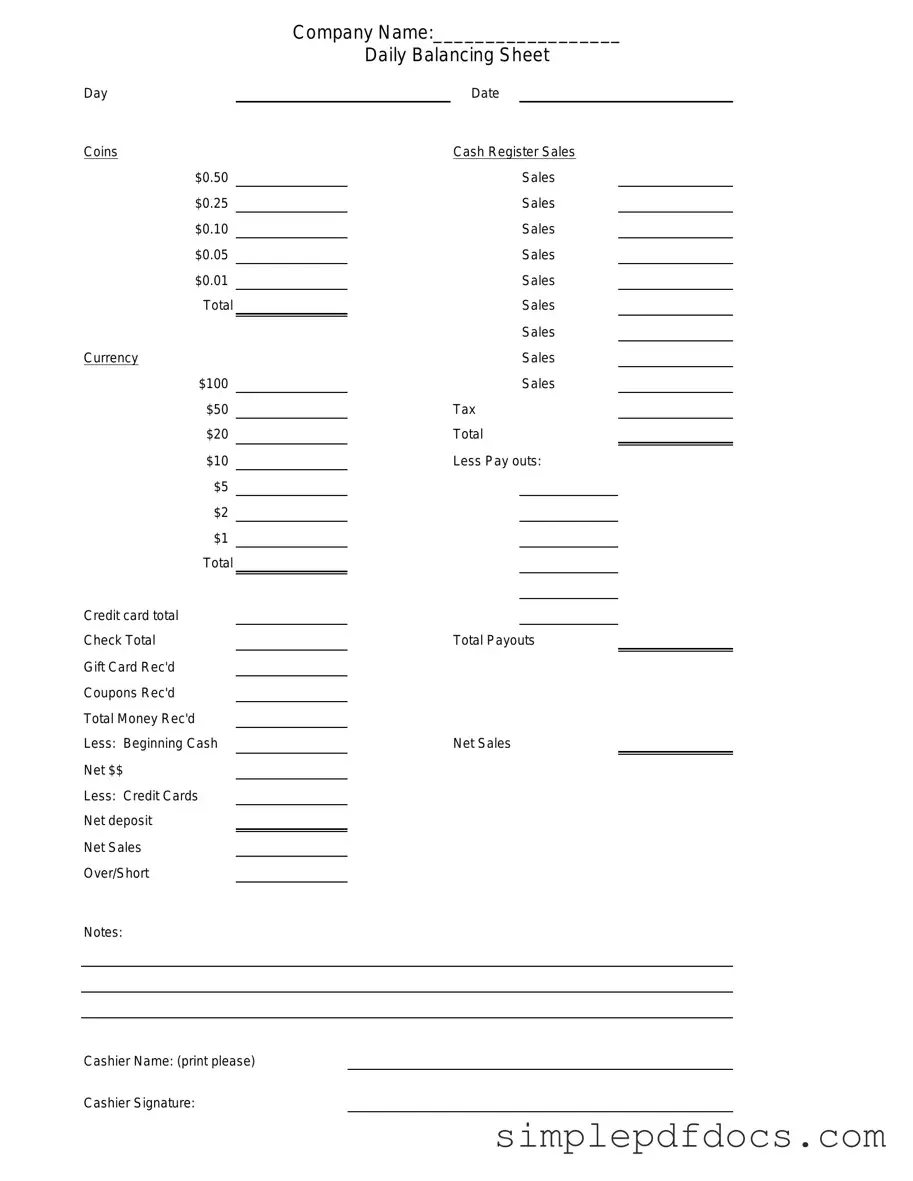Fill Your Cash Drawer Count Sheet Form
The Cash Drawer Count Sheet is a crucial document used by businesses to accurately record the amount of cash present in a cash drawer at the end of a shift or business day. This form helps ensure accountability and provides a clear record for financial reconciliation. By systematically tracking cash transactions, businesses can maintain financial integrity and streamline their accounting processes.
Get Document Here
